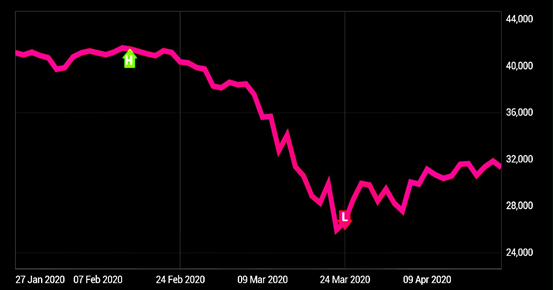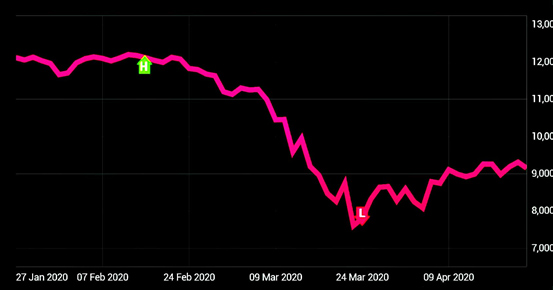Why CMA?
Every business needs to be dynamic in real sense in order to cope up with the intense competition in the global economy. Not only that, Today’s business world demands excellence in complex accounting and financial management skills that can gear up in fetching strategic business decisions. Employees need to be technologically smart, have competency in analytics with valuing ethics in business. Here lies the importance of studying Certified Management Accountant (CMA) course.
What is CMA?
CMA is one of the most reputed designations that come with bright careers, especially for accounting and finance organisations with distinct avenues for placements not only in India at overseas also. CMAs are responsible for allocation and management of funds of business. They also need to focus on financial analysis and decision making aspects for sustainable development of business. CMAs are specialised in implementing advanced technologies in cost and overall business management, keeping updated with the recent trends in global business.
Mr. Doreen Remmen, Chief Financial Officer of Institute of Management Accountants (IMA), recently stated in his quotations in Hindu Business Line, “What’s happening is that management accountants are being freed from the burden of transaction processing and we now have opportunities to use our skill sets to really support creating wealth, building the economy and building companies”.
There are basically two types in CMA courses- CMA India and US CMA. CMA India course is offered by the Institute of Cost and Management Accountants in India. US CMA certification course is mainly a U.S. based course, being offered by the IMA that has been recognized globally.
There are some basic differences between CMA India and US CMA. CMA India focusses mainly on cost reduction with a course duration of nearly 3 years along with an article-ship for six months. US CMA highlights not only on cost reduction and cost controls but also on auditing. It allows for exemptions in certain subjects that are already taught in the undergraduate level. It also does not require to pursue any article-ship and so this course can be completed in six months. This course is being offered as an Add on course for under graduate commerce students by the renowned private university- Adamas University. Alike CMA India, US CMA is being recognized for placements both in Indian as well as foreign companies.
What causes rising demand for CMA course?
CMAs are in high demand in recent times. As world is getting updated day by day technologically, several companies are facing critical issues in the competitive edge of globalization. With the technological innovations in the global economy, there is an urge in need for having certification that can build an aptitude specially premeditated and skilled for the present business era. Thus, CMAs play a pivotal in the recent times in growing a business in strategic sense.
CMAs are considered as a repository of dynamic managerial thoughts to develop a business in a sustainable manner. Their role ranges from a vast range of categories including financial manager, budget analyst, financial risk manager, financial analyst, cost manager, cost accountant, chief financial officer, relationship manager, etc.
CMA course considers the aspects of Corporate Governance, Finance and Accounting (including responsibility accounting). Due to better finance and business appeals of CMAs than non-CMAs, CMA certification provides enhanced values not only at the country level but also globally. This course also provides better growth opportunities in terms of placements and promotion.
Besides, working as employees in financial or accounting firms, CMA certification also create a platform of providing financial and accounting consultancy services at an independent agency level.
Table 1: Percentage of qualified CMAs throughout the world

The overall percentage of qualified CMAs has increased significantly since the last year throughout the whole world. America comprises of the largest percentage of CMAs in the global scenario, followed by Europe, Asia and Middle East countries.
Table 2: Region wise Salary and Total Compensation for CAs and Non-CMAs

Another most highlighting issue for increasing need of CMA certification is the lump sum remuneration. The base salary and total compensations of CMAs are much higher than Non-CMAs. Middle East experiences the highest difference in salaries between CMAs and Non-CMAs, followed by Europe, America and Asia.
Thus, upcoming students need to provide their resume a career developing gear with CMA certification and get higher earnings, more job opportunities at global level and enormous benefits and reputation with passage of time.







